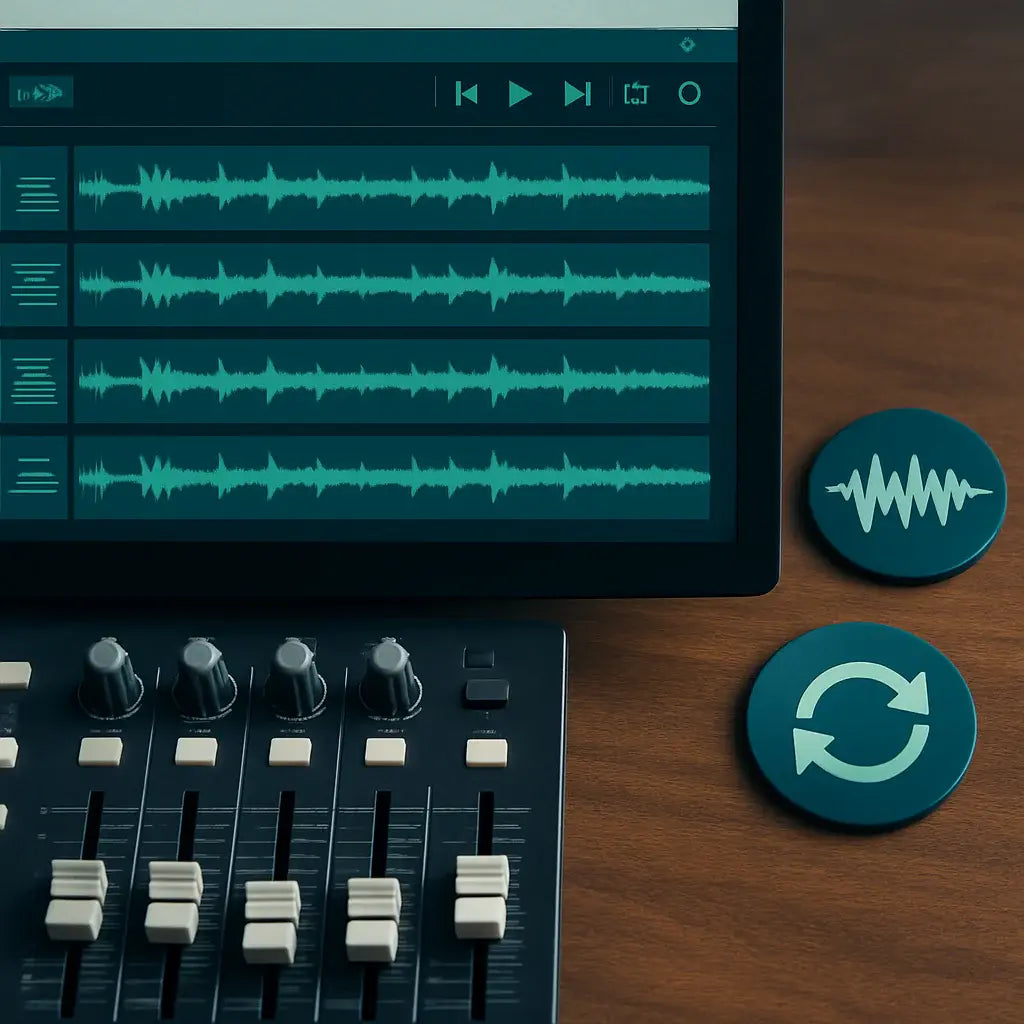
How to Make Your Music More Licensable (with Examples)
Share
You’ve poured your heart into a track. It sounds great. The mix is clean. You’re proud of it.
But when it comes to music licensing—for film, TV, games, and ads—great music doesn’t always mean licensable music.
That’s because sync licensing has its own language. Music supervisors, editors, and producers are looking for specific elements that make a track easy to place, easy to edit, and emotionally aligned with the story on screen.
In this guide, we’ll break down what makes music more “syncable,” with real-world examples and tips you can apply right now to your own tracks.
🎯 What Does “Licensable” Actually Mean?
Licensable music isn’t just good—it’s functional.
It:
-
Supports the mood or message of a scene
-
Is easy to edit or loop
-
Doesn’t distract from dialogue or visuals
-
Has a clear emotional tone
-
Is free of any rights issues (samples, uncleared co-writers)
Think of your music as a storytelling tool, not the main event. If your track can slide into a scene and elevate it without overpowering it, you’re on the right track.
🧠 Key Elements That Make Music Sync-Ready
1. Clear Structure
Music editors need clean, usable sections to cut to picture. Your track should have a defined intro, build, climax, and ending. Avoid overly abstract or meandering arrangements.
✅ Example:
Listen to ODESZA’s “A Moment Apart.” Each section flows clearly—intro, verse-like build, drop, and resolution—making it easy to edit to different visuals.
2. Edit-Friendly Transitions
Use breakdowns, risers, pauses, or dynamic shifts at key intervals to give editors natural spots to make cuts or transitions. Even subtle shifts in instrumentation can help.
✅ Example:
Many cinematic EDM tracks (think Zayde Wølf or Tony Anderson) are built with trailer editors in mind—dynamic builds and hit points galore.
3. Stems and Alternate Mixes
Provide stems (individual instrument tracks) and versions like:
-
Instrumental only
-
30- and 60-second edits
-
No lead vocal or no drums
-
Loopable versions
This flexibility makes your track more valuable to licensing clients.
✅ Tip: Even if you’re just uploading to your own site or library, offer these alternate versions in your catalog.
4. Strong Emotional Identity
Every licensable track must evoke something specific—hope, tension, awe, nostalgia, rebellion, etc. If a song’s emotional tone is muddy, it’s harder to match to scenes.
✅ Example:
“Outro” by M83 has become a sync staple because of its powerful emotional arc—it’s clear, cinematic, and evocative from start to finish.
🔥 Common Pitfalls to Avoid
❌ Overly Complex Arrangements
Tracks with abrupt shifts, time changes, or disjointed instrumentation make it harder for editors to work with your music.
❌ Distracting or Unclear Vocals
Lyrics should support universal themes (freedom, heartbreak, triumph) and avoid anything that might conflict with a brand message or dialogue.
Pro tip: Vocal chops or one-liner hooks are often more licensable than fully lyrical songs.
❌ Overuse of Samples or Unclear Rights
Even one uncleared sample can ruin a licensing deal. Always ensure you have 100% ownership or clearance for every sound you use.
🧪 Real-World Licensable Tracks (And Why They Work)
🎵 “Midnight City” – M83
Why it works: Iconic melody, minimal vocals, instantly recognizable vibe. Frequently used in fashion and lifestyle ads.
🎵 “Way Down We Go” – Kaleo
Why it works: Emotional vocals, steady build, and universal themes of struggle and redemption—perfect for trailers and dramas.
🎵 Custom Catalog Cue – [Insert one from your catalog]
Why it works: Instrumental clarity, dynamic arc, clean production, and easy-to-loop phrasing. (Use this section to plug your own tracks.)
✅ Quick Checklist: Is Your Track Licensable?
-
Has a clear intro, build, and ending
-
Works as instrumental and vocal versions
-
Evokes a specific emotion or mood
-
Contains no uncleared samples
-
Has available stems and alternate edits
-
Avoids overused clichés or genre tropes
-
Can be edited easily for time and structure
📤 Final Thoughts
Creating music for sync isn’t about watering down your creativity—it’s about presenting your art in a way that serves a larger story. When your music becomes a tool that empowers editors and directors, you open yourself up to repeat placements and long-term revenue.
If you’re serious about sync, it’s time to audit your catalog, tweak your arrangements, and think like a supervisor.
Want help making your tracks more licensable?
Reach out to Playbutton Media—we offer sync audits, production services, and a growing licensing catalog built for modern media.
